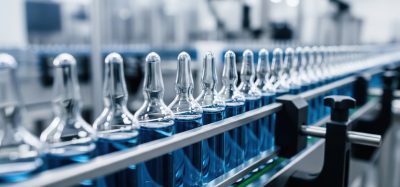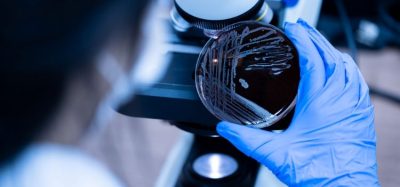Utilising electric car batteries for safer and cheaper medicine manufacture
A method commonly used in lithium-ion batteries has been developed to help the safer and cheaper manufacture of medicines…
Scientists at Scripps Research, inspired by the refined electrochemistry of battery technology, have developed a battery-like system allowing them to make potential advancements to manufacture medicines.
The developed method avoids safety risks that are associated with a type of chemical reaction known as dissolving metal reduction, which is often used to produce compounds used in the manufacturing of medicines.
The researchers mentioned that their method would offer tremendous advantages over current methods of chemical manufacturing, but until now, has largely been sidelined due to safety considerations.
“The same types of batteries we use in our electric cars today were far too dangerous for commercial use a few decades ago, but now they are remarkably safe thanks to advances in chemistry and engineering,” said Dr Phil Baran, who holds the Darlene Shiley Chair in Chemistry at Scripps Research and is a senior author of the study.
“By applying some of the same principles that made this new generation of batteries possible, we have developed a method to safely conduct powerfully reductive chemical reactions that have very rarely been used on a large scale because – until now – they were too dangerous or costly.”
“This could have a major impact on not only the manufacturing of pharmaceuticals,” Dr Baran added, “but also on the mindset of medicinal chemists who traditionally avoid such chemistry due to safety concerns. This problem was in fact brought to our attention by co-author Michael Collins, a medicinal chemist at Pfizer, for precisely this reason.”
The developed procedure condenses ammonia or similar compounds, which are corrosive, toxic and volatile, and combines it with metals such as lithium that are prone to bursting into flames if exposed to air. The team discussed how the process must take place at extremely cold temperatures, and as such requires expensive equipment and specialists.
Dr Baran and his team used advances in battery manufacturing by joining forces with experts at the University of Utah, led by Dr Shelley Minteer, and the University of Minnesota, led by Dr Matthew Neurock.
The solid electrolyte interphase (SEI) is a protective layer that forms on one of the electrodes inside a Li-ion when the battery is first charged and allows the battery to be recharged. Lithium-ion batteries rely on advances in this component, which has optimised chemical conditions, with the composition of electrolytes, solvents and additives that produce the SEI.
“In many ways you’re looking at similar situations – powerful reactions that, when effectively harnessed, can provide tremendous utility,” said Solomon Reisberg, a graduate student in Dr Baran’s lab and one of the co-authors of the study.
“The team took advantage of the hard-won knowledge about the conditions that make reductive electrochemistry in batteries practical and used that knowledge to rethink how deeply reductive chemistry could be used on a large scale.”
The research team found a combination of two additives that made the reaction possible at room temperature, after testing a whole range. The two substances found to air the reaction were dimethylurea and TPPA.
The team of scientists developed a method to increase the versatility of the reaction to create a wider variation of products, and avoided the need for dissolving liquid metals in large quantities of ammonia. They used the method to synthesise multiple versions of important single-ring compounds, as well as molecules where multiple rings were combined to create more complex structures that form the skeletons of drugs and other chemical products.
The researchers also collaborated with Asymchem Life Science, a chemical manufacturer based in Tianjin, China, to build a small modular device capable of generating large quantities of products for less than $250.
“This demonstrates that kilogram-scale synthesis of pharmaceutically relevant building blocks can be produced by adapting what we’ve learned about electrochemistry from the rapid advance of battery technology,” Dr Baran said. “We anticipate that this will be a boon to industry, allowing them to finally bring these reactions to practical use.”
The study was published in the journal Science.










